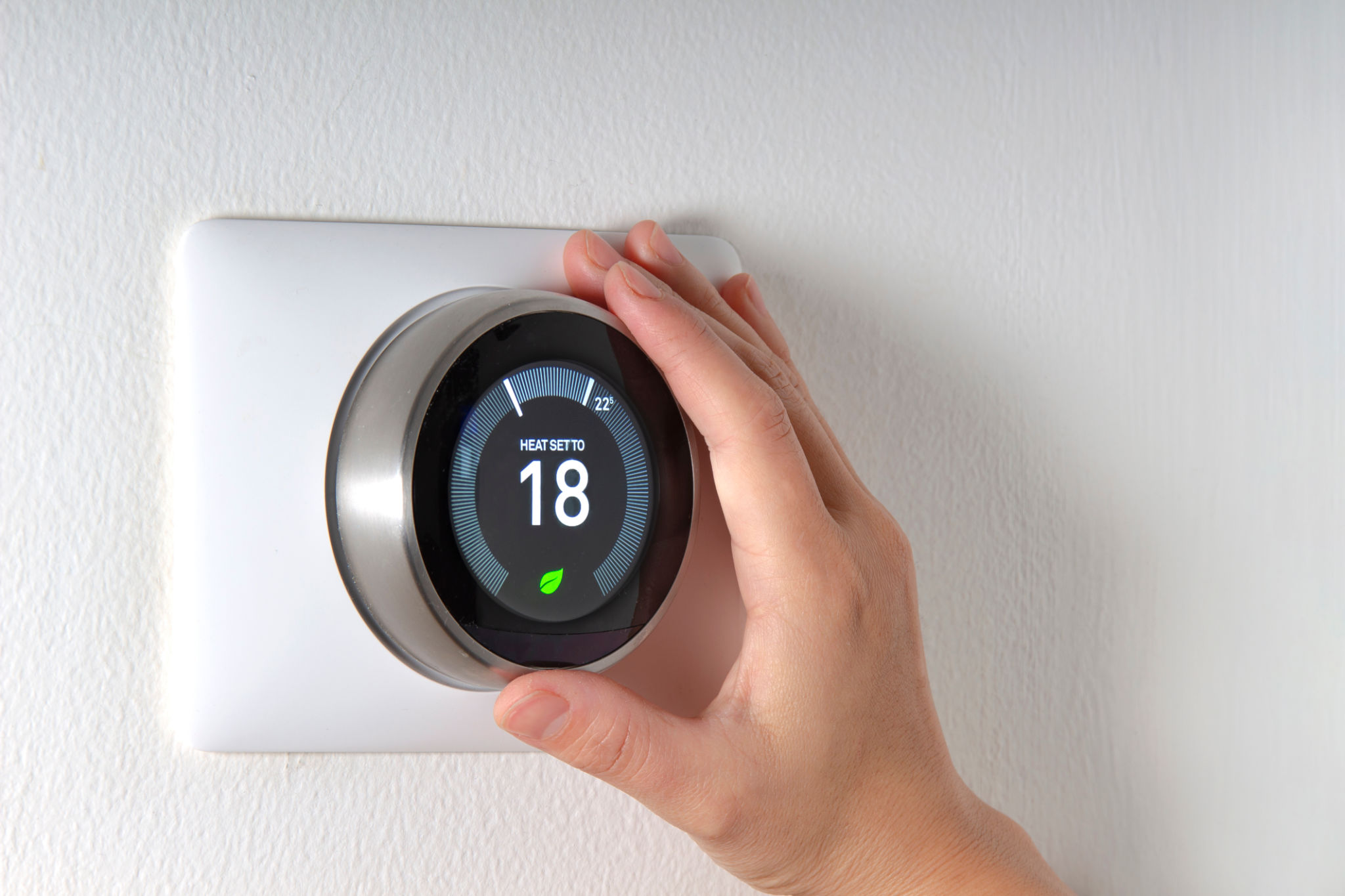Debunking Common Myths About Green Smart Home Technology
Understanding Green Smart Home Technology
Green smart home technology is often surrounded by misconceptions and myths that can deter homeowners from adopting these innovative solutions. As the world becomes more environmentally conscious, it is crucial to separate fact from fiction to make informed decisions. In this blog post, we will debunk some of the most common myths about green smart home technology.
Myth 1: Green Smart Homes Are Too Expensive
One of the prevailing myths is that green smart home technology is prohibitively expensive. While it's true that some initial investments may be required, the long-term savings can far outweigh these costs. Smart thermostats, energy-efficient lighting, and solar panels can significantly reduce utility bills. Moreover, government incentives and rebates can help offset the initial expense.

Myth 2: Smart Technology Is Difficult to Use
Another common misconception is that smart home technology is complicated and difficult to use. In reality, these systems are designed with user-friendliness in mind. Most smart devices come with intuitive apps and interfaces that make controlling your home as simple as tapping a button on your smartphone. Additionally, many devices can be integrated with voice-activated assistants like Alexa or Google Assistant.
Myth 3: Green Smart Homes Sacrifice Comfort
Some people believe that living in a green smart home means sacrificing comfort for sustainability. This couldn’t be further from the truth. Green technologies are designed to enhance comfort while reducing environmental impact. For example, smart thermostats learn your preferences over time and adjust the temperature accordingly, ensuring a comfortable environment while optimizing energy use.

Myth 4: Eco-Friendly Technology Isn't Reliable
There is a misconception that eco-friendly technology is not as reliable as traditional systems. However, many green smart home devices are built with high-quality materials and cutting-edge technology, offering reliability and durability. Regular updates and maintenance can further ensure that these systems perform optimally over time.
Myth 5: Green Smart Homes Don't Make a Significant Impact
Some skeptics doubt the impact of green smart homes on environmental conservation. However, every small change contributes to a larger impact. By reducing energy consumption, minimizing waste, and utilizing renewable resources, green smart homes play a vital role in promoting sustainability. Collectively, these efforts can lead to a substantial reduction in carbon footprint.

Embracing the Future of Sustainable Living
As we debunk these myths, it becomes clear that green smart home technology offers numerous benefits without compromising on cost, usability, comfort, or reliability. Embracing this technology not only enhances your living experience but also contributes positively to the environment. As awareness grows, more homeowners are likely to adopt these sustainable solutions, paving the way for a greener future.
Making Informed Choices
Understanding the reality of green smart home technology empowers you to make informed choices about your living environment. Whether you are building a new home or retrofitting an existing one, consider integrating green technologies to enjoy both economic and ecological benefits. As technology continues to advance, the possibilities for enhancing home efficiency and sustainability are virtually limitless.
